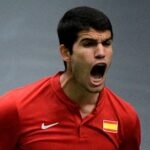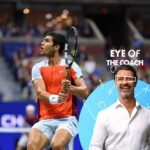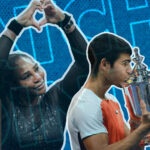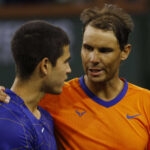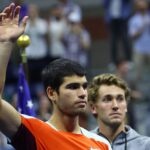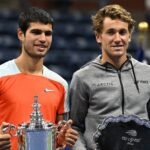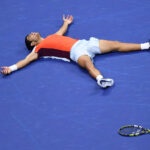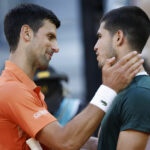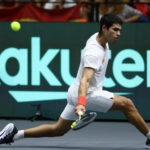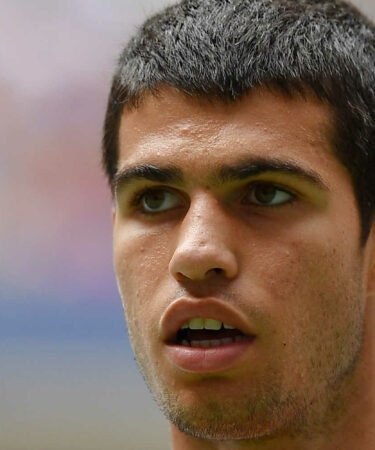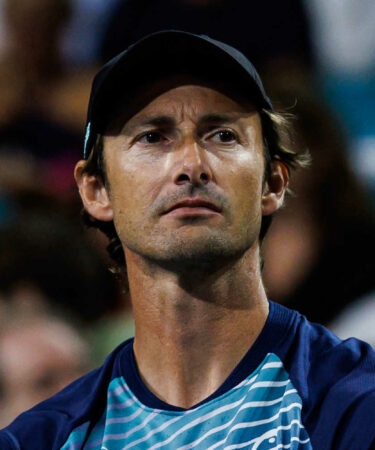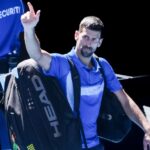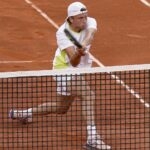From Carlitos to Alcaraz, episode 1, The uncut diamond from El Palmar
Tennis Majors is launching a series on Carlos Alcaraz, the youngest world No 1 in men’s tennis history. His journey, his game, his future: six must-read pieces on the new Spanish sensation
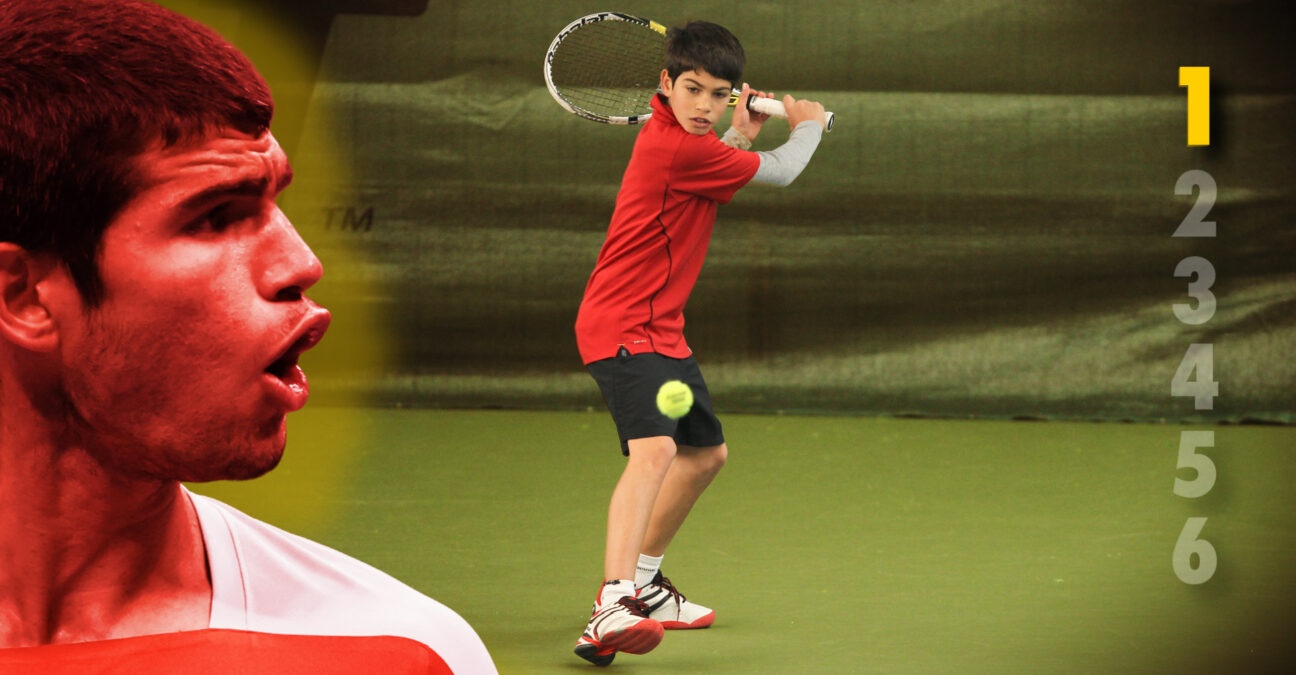 Carlos Alcaraz, for Tennis Majors series 1 | © Tennis Majors / Panoramic
Carlos Alcaraz, for Tennis Majors series 1 | © Tennis Majors / Panoramic
1/6 : How Carlos Alcaraz was spotted as a natural gifted player, how he trained to become a professional with his first coach Kiko Navarro, and how he developed the outstanding abilities that would lead him to become one of the most complete young players ever seen
_____________________________
“When Juan Carlos Ferrero first saw Carlos, he was astonished”, Kiko Navarro, the first coach of Carlos Alcaraz, told Tennis Majors. “Ferrero told me that he had never seen anyone like Carlitos before”.
Ferrero, a former world No 1 and the 2003 Roland-Garros champion, would know; after all, he has shared the court and contended with some of the greatest players in the history of tennis. Ferrero took Alcaraz under his wing and within just three years, Carlitos became a worldwide phenomenon, the US Open champion and the youngest No 1 ever.
But Alcaraz did not just appear out of thin air – as young as 10 years old, he was part of the international juniors Tour, playing the greatest competitions he could, shining at some of them (he was European U16 champion in 2018, defeating No 1 seed Holger Rune in the quarter-finals).
But he could grow more or less under the radar, protected by Ferrero, a path that soon would lead him to the ITF, Challenger Tour and ATP Tour when he was just a teenager. When Alcaraz defeated Albert Ramos Vinolas, aged 16, in Rio de Janeiro just before the lockdown in 2020, the tennis world would start to understand too.
“A technique out of this world for such a young kid” – Kiko Navarro, Alcaraz’s first coach
Carlos Alcaraz has been a carefully nurtured plant since the earliest age in El Palmar, a village near Murcia in south-eastern Spain, with barely 24.000 inhabitants.
“I first saw Carlos when he was four years old. He was playing with his dad and he had a technique which was just out of this world for such a young kid”, Navarro told Tennis Majors.
“You could tell instantly that he was a standout. At that age, kids can barely hit a ball, yet he was playing rallies with his father – it was a spectacular sight”.
At first, he was coached by Carlos Santos Bosque, who was in charge with the group of four boys: Carlitos and his three friends, Pedro, Fulgencio and Javi. Initially they practised twice a week, but very soon the practice became more intense. And creative.
The kids were using baseball bats to perfect the backhand, they were challenged to practice depth by placing goals in the corners of the courts (the aim was to score a goal with a tennis ball), they were encouraged to practice shots in front of the mirror in order to be aware of technique.
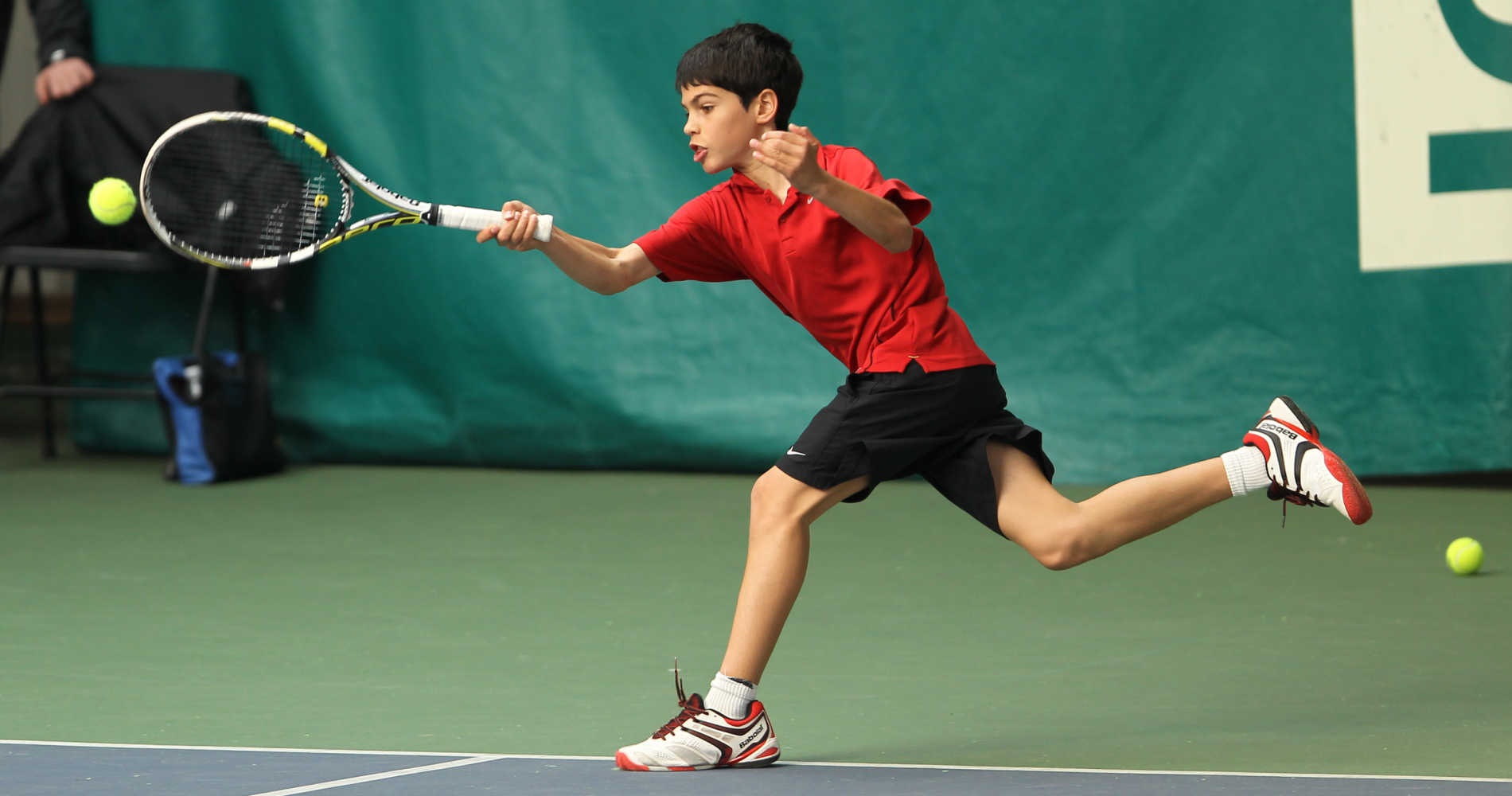
They also swam a lot and Santos Bosque even had his pupils practice with a GoPro camera so that they could envisage their movement on the court. Another thing Santos Bosque did was to place the bucket on the other side of the net, daring his pupils to hit drop shots and put as many balls in it (even with a glove placed on their right hand!). Just as with most of things, Alcaraz stood out.
All of this happened at a place where Carlitos grew up – Real Sociedad Club de Campo de Murcia, which was founded in 1923 as a pigeon shooting club. When they swapped shotguns for racquets, Carlos’s paternal grandfather – the originator of the now famous “head, heart, balls” formula (cabeza, corazón, cojones in Spanish) – took up tennis.
Carlos’ father was ranked No 42 in Spain
Carlitos’s father grew up there, he was ranked 42nd in Spain and at one point was invited to the Bruguera Tennis Academy in Barcelona, but the family could not afford it. Although he never turned pro, he went on to become the director of the tennis club. He was the one to hire Santos Bosque, and one of Carlitos’s pupils was Kiko Navarro, who would go on to become Carlitos’s coach too.
The relationship between them has benefitted Carlitos greatly. Alcaraz senior believed it was not his place to coach his son directly, instead placing his trust in Navarro for the role, while he assisted in the background.

“When I became Carlitos’s coach, his father always sought a review on a practice or training – he wanted to be involved and he gave me some advice as a coach. He was always there, but behind the scenes. We got along swimmingly,” said Navarro.
Despite the abundance of talent that Carlos clearly displayed, there existed a small fear that he may not grow tall enough to become an established champion. Juanjo Lopez, who is still Carlitos’s doctor, did a growth test and concluded that Alcaraz would be around 180 cm tall (5ft 11 in), with a margin of error of 5 cm. He turned out to be right, as Alcaraz now stands at 185 centimetres (6ft 1in).
He was so gifted and able to integrate new information and reproduce movements/skills on the first attempt
Kiko Navarro
The Carlitos project was in full swing, and Kiko and Carlitos developed a special kinship – they went together to football matches, to the movies, but above all, they were establishing a path towards greatness together.
“Regarding technique, Carlitos was sublime from an early age, so it was easy to work with him on that. Because he was so gifted and able to integrate new information and reproduce movements/skills on the first attempt, our sessions tended to focus on quality and intensity rather than duration. We practised extended rallies as well in order to increase his consistency and minimise large oscillations, which had the added benefit of improving his fitness”.
The only thing Alcaraz struggled with was his serve. On Saturdays, he would do extra practice working solely on his service, as he was not putting enough power in it with his motion. Apart from that, Carlitos’s progress was extremely quick. Santos Bosque even called him “Tarzan” because of his ability to adapt to every surface and any type of conditions.
Invited to the so-called “U13 Roland-Garros”
Carlitos was almost always competing with older players. His results told the story as well. In 2013, he was the runner-up at the prestigious Smirkwa Bowl in Croatia in the U10 category, and at 11 years of age he was invited to participate at the Longines Future Tennis Aces in Paris, and made it to the semi-finals.
“It is like an U13 Roland-Garros, he was the youngest in the whole competition,” Santos Bosque told El Espanol.
Perhaps his most important victory during that time was winning the U12 Mutua Madrid Open, as it represented the first time he played a match on a big court. There was a professional match being played simultaneously, but lot of the people watched Carlitos as well. He was already drawing interest from sponsors and people in the international tennis community knew him too.
I was expecting a typical Spanish player, and yet I was given a creative boy playing a lot of drop shots and volleying really well.
Marc Barbier, French coach
“The first time I saw Carlos, he was 12 and he was playing a tournament in Gradignan, France,” Marc Barbier, Hugo Gaston’s coach, told Tennis Majors. “He won it by beating one of my players from Toulouse.
“I saw the whole final and Carlitos astonished me. I was expecting a typical Spanish player, and yet I was given a creative boy playing a lot of drop shots and volleying really well. You could tell that he was something else – tennis-wise, but his demeanour as well. He was both sparkling and calm, he never overplayed. I thought this guy could do well some day, even if you cannot really tell for sure at that age”.

Alcaraz sometimes needed to be pushed
Although the vast majority of the time Carlitos came to practice with a great mindset and the eagerness to get better – and even stayed after his practice to do a session with another group – there were times when he needed a dose of encouragement from his coach, especially when it came to off-court duties. Santos Bosque made Carlitos run 10 laps around the court if he was even a minute late for practice, and Kiko Navarro also noticed that his young pupil needed a push occasionally.
“He did not always have the desire and will to practice. He also used to be a bit sloppy and disorganised when it came to packing his bag or bringing water to the court, but as he matured he learned to be responsible in that aspect as well.”
A common issue among the young nowadays, there were conversations about screen time and moderating Carlitos’s phone usage, something Ferrero even mentioned in an interview.
I filled the time by engaging him in conversation and encouraging him to review a practice or his matches – in this way reducing the amount of time he spent on the phone.
Kiko Navarro
“As a kid, he did not pay too much attention to recovery, which is a fundamental aspect of being a top athlete” Navarro explained. “Carlos likes social media very much, but too much time on the phone can disrupt much-needed rest. So, when we travelled together, I filled the time by engaging him in conversation and encouraging him to review a practice or his matches – in this way, reducing the amount of time he spent on the phone”.
Carlitos’s mental game is far beyond his years and to which Navarro has contributed immensely, but when he was younger, he was not as focused and intense as he is now. Carlitos loved to compete, but sometimes in the early rounds he could become a bit “sleepy”.
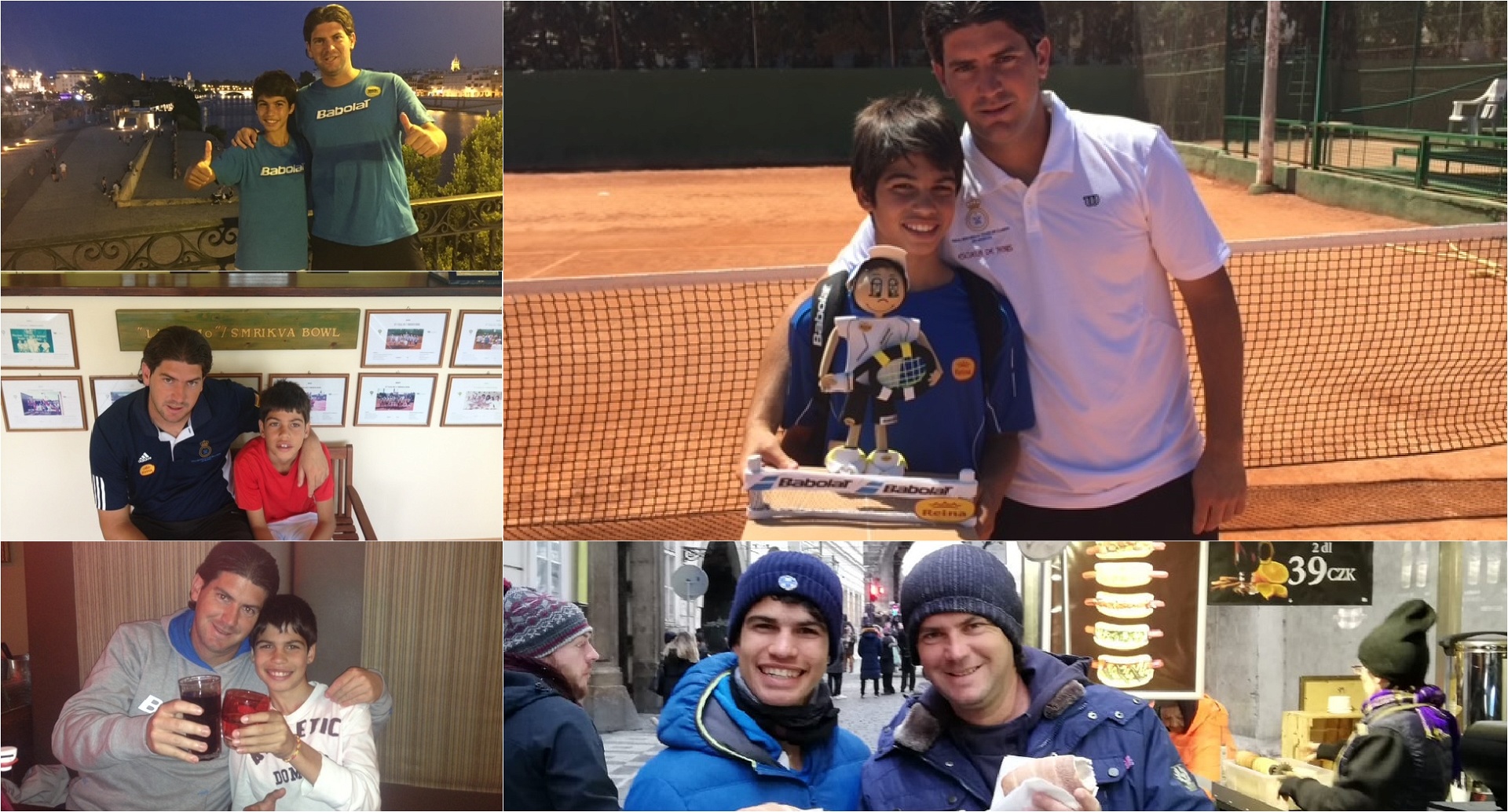
Navarro talked to Alcaraz before and after practices and matches, to remind his young protege that there were a lot of people making a huge effort to help him.
“Starting with me travelling with him and spending many days together, so that he could give his 100 percent on the court. We already knew that we were working towards him becoming a pro, so it was important for him to be aware of everything, so that he does not waste anyone’s time, including his,” Navarro told Tennis Majors, remembering an anecdote from the time the two went to Pavia (Italy) only for Carlitos to lose early following a lacklustre performance.
“I was very angry with him. On the train back home, I scolded him saying that we cannot go to Italy for him to play so listlessly. Also, I told him that it would be better for him to focus on school if he is going to behave in that manner.”
Alcaraz’s first ATP points at 14
Even with a few expected minor bumps on the road, Alcaraz developed according to plan – he won his first two international titles in the U12 category, and U14 tournament in Barcelona (Tennis Europe Junior Tour de El Prat de Llobregat), and, at the age of 15 he became U16 European champion, while he was also part of the Spanish junior Davis Cup team that won the title.
One of the things that gave Carlitos further inspiration was his participation with Rafael Nadal in filming the Nintendo commercial.
I remember Rafa once telling Carlos that he needs to put the work in, with the right attitude and to fight to achieve his dreams.
Kiko Navarro
“I already knew Rafa through Nicolas Almagro (former world No 9), who is a good friend of mine,” he said. “We spent five to six hours on the set and it was a wonderful experience for Carlos, since Rafa was his idol. I do not remember if they had a chat then, but I remember Rafa once telling Carlos that he needs to put the work in, with the right attitude and to fight to achieve his dreams.”
Apart from tennis, Carlos liked football and was very good at it (sounds like a certain Swiss player who just retired). He was very easy going and simple in that regard – perhaps a bit shy off the court, he would spend time with the friends he knew all his life, doing usual kids stuff.
He enjoys simple things up to this day – because of his environment and the way he grew up, you cannot detect even a trace of arrogance despite all of the success he recently had. After all, a 400-metre mural with his image on the Mota Regueron road, one of the main entrances to the town, is the only visible sign of a small place being the hometown of one of the most sought-after athletes at the moment.
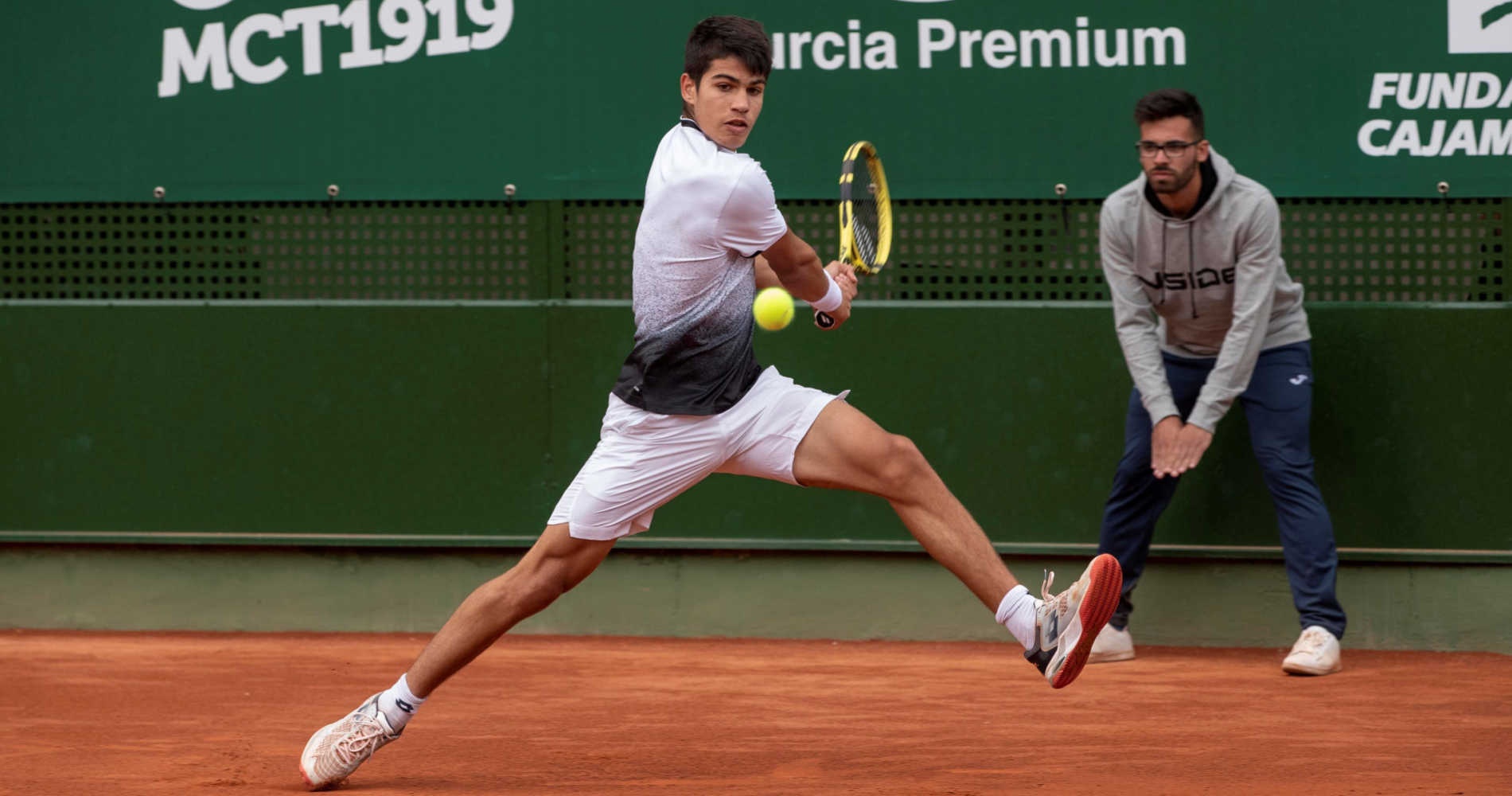
“Absolutely normal boy” – El Mundo
“There is nobody who does not define Carlos as an ‘absolutely normal boy, who as recently as four days ago went with his friends to spend time in the park’,“ stated the article in El Mundo, the second largest printed daily newspaper in Spain.
Alcaraz himself believes this normality is his biggest asset. “I just don’t want to change the way I’m playing since I am a kid,” he said to L’Equipe after winning the US Open. “I mean, smiling and enjoying. The goal is to keep the pressure away. Some players look like they don’t love tennis when they play. This, I don’t want. I want to see the same kid as when I was 10.”
Although he loves home and home loves him, by the age of 15 he had transcended the level of all his peers in Murcia and it was time to move on and take his training to the next level.
Through his agent Albert Molina, the ideal place was found – Ferrero’s Equelite JC Ferrero Sport Academy in Villena, a one-hour drive from Carlitos’s hometown.
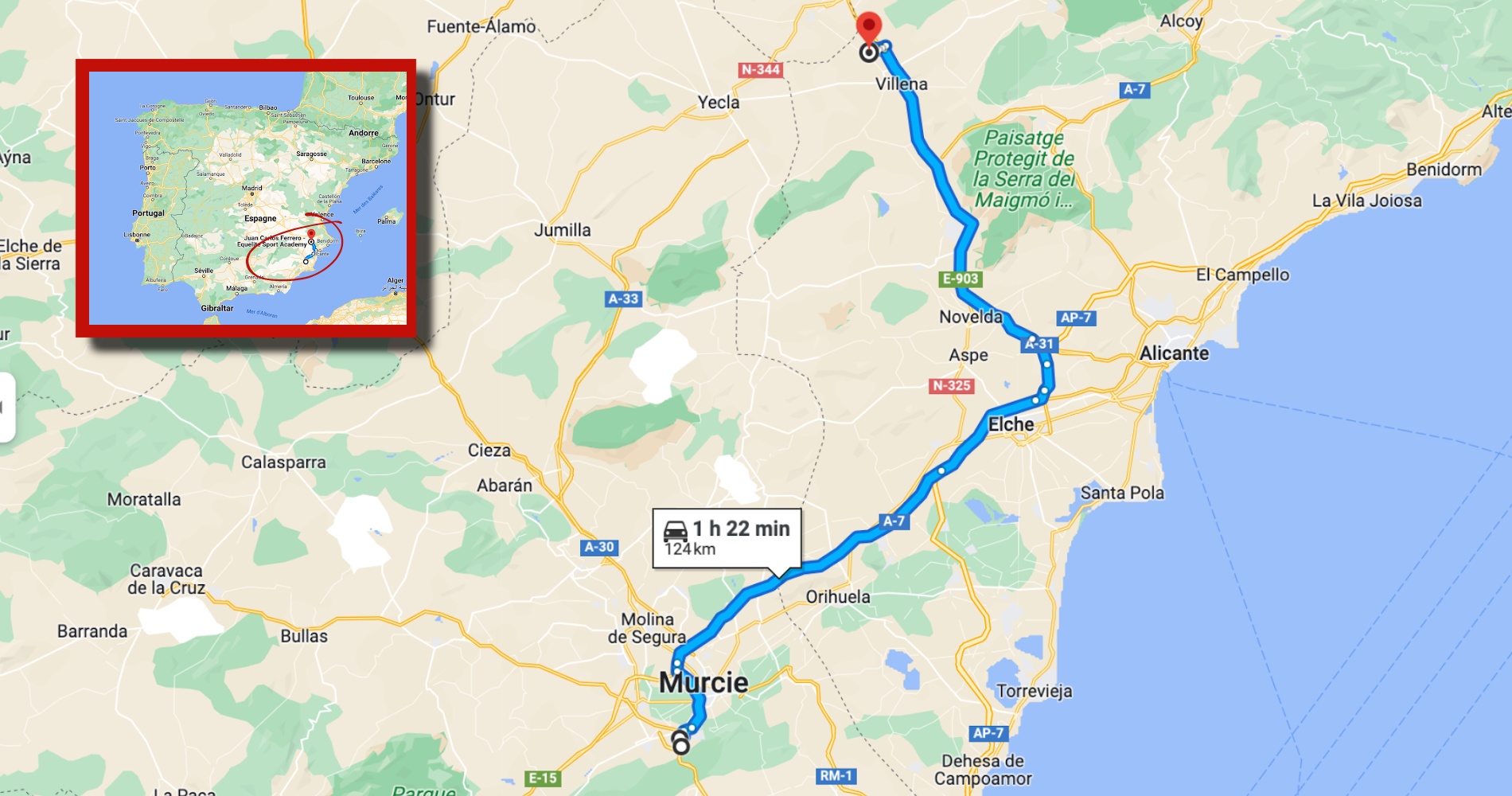
“Carlitos’s father did not want him to go far away at such a young age,” explained Navarro.
Kiko would take Carlitos two or three times a week to Villena, where he would practice with Ferrero. It worked like that until March 2020 – in light of the beginning of the Covid 19 pandemic, his father had the feeling that “things were going to get ugly”, so Carlitos spent the lockdown-filled first months of the pandemic in Villena, therefore not missing out on his practice and further developing his skills.
“I think that it was very important for Carlitos that Juan Carlos Ferrero was present at the age when he was developing, at the Futures and Challengers as well,” Marc Barbier told Tennis Majors. “Nothing was really great at those tournaments, but Ferrero was always there in this crucial period of the player. I think the way he behaves on the court today has Ferrero’s signature on it.”
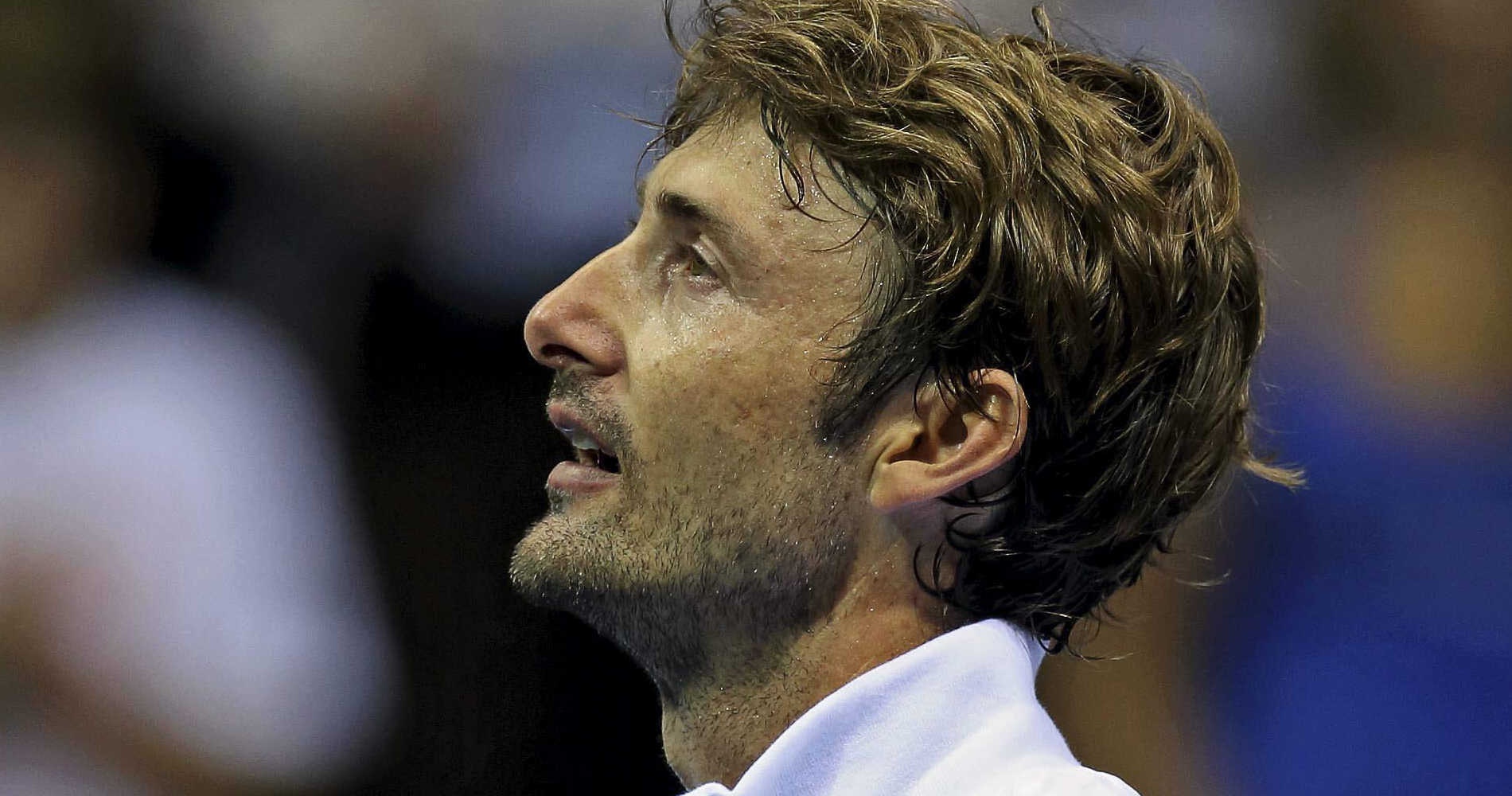
At that time also, Ferrero knew exactly what type of diamond he had with him. When Alcaraz started on the Futures in a $15,000 ITF event in Murcia, he was just 14 years and 9 months old. He won two rounds and beat the world No 292, 7-6 in the third set, at his first attempt. Ferrero let his colleagues know: “Tennis wise, he is already top 100″•
- Next episode : From 16 to 19, the quickest rise to the top in men’s tennis history
- Marc Barbier’s quotes were from Rémi Bourrières



